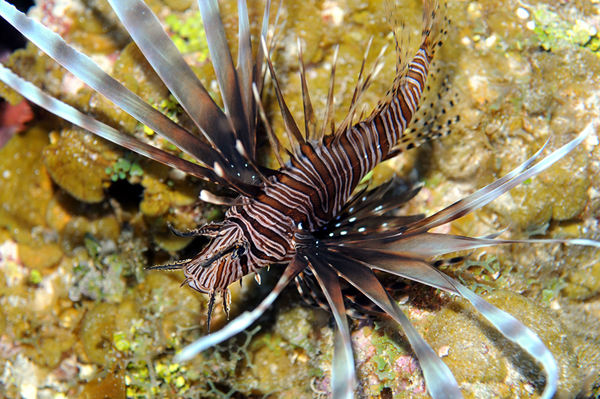What are IAS?
- Home
- What are IAS?
Invasive Alien Species (IAS) are organisms whose introduction and/or spread impacts human health and well being; disrupts trade and threaten biological diversity.
Within each group, numerous species, including perhaps as many as 10% of the world’s 300,000 woody plants, have the potential to invade other ecosystems and affect native biota in a direct or indirect way. They are often referred to as ‘pests’ or ‘exotic pests’. Diverse yet delicate island ecosystems that have developed largely in isolation and lack certain predators or competition, are particularly at risk from non-native species.

A good predictor of invasiveness is whether a species has successfully or unsuccessfully invaded local biodiversity found in ecosystems that support fertile soils, water and clean air and provide the base for services and industries, such as, farming, fisheries, tourism, trade; all essential for human life and livelihoods. These ecosystems are very vulnerable to the multiplicity of pathways for IAS introduction.
The Caribbean, one of the World’s biodiversity hotspots, has an exceptionally high level of species endemism that supports extremely diverse ecosystems of global ecological and economic importance.
In 2002 the United Nations designated the Caribbean Sea a special area in recognition of its globally important biodiversity, in particular the marine ecosystems surrounding the Islands. Jamaica has been ranked fifth among islands of the world in terms of endemic plants. The country also enjoys a high level of endemism for animal species, as 98.2% of the 514 indigenous species of amphibians are endemic to Jamaica.
Biodiversity on Small Islands is fragile and particularly vulnerable to IAS due to their relatively low buffer capacity to severe environmental fluctuations and events. The fact that species become concentrated in small and fragmented areas and that some endangered species have below critical mass breeding populations, which are further restricted by habitat fragmentation, further exacerbates their vulnerability.